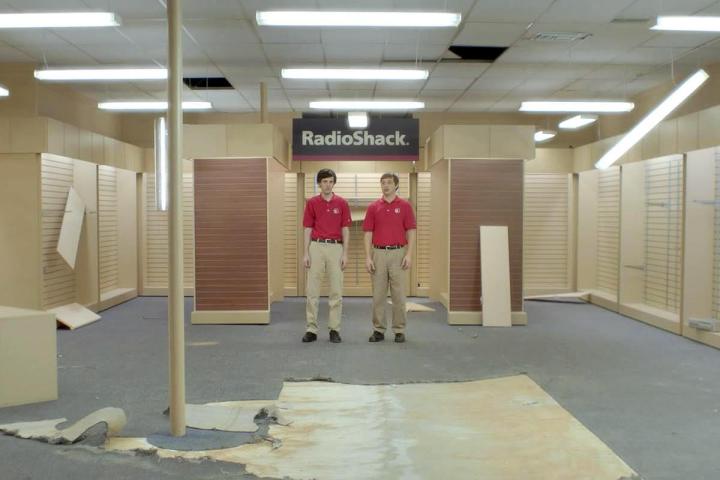
Want to pick up the GRiDPad, the world’s first touchscreen tablet, which arrived 21 years before the iPad first shipped? How about a TRS-80 Model 100, a notebook-style computer with a liquid crystal display that dates all the way back to 1983? Maybe some Tandy computer software is more your thing? If that’s not enough, what about a bust of Charles Tandy himself, the Tandy Corporation founder who passed away in 1978? You might even want to cap it off with a massive RadioShack metal sign to hang over your desk?
If those are a little bit too obvious for you, you can also bid on your very own, lovingly painted portrait of George W. Bush (yes, really!), some framed magazine covers from 1995, your very own photo of a now-defunct RadioShack board of directors, or a mystery box of “historical artifacts” — which may or may not include pictures of ex-presidents, magazine covers, and RadioShack executive boards.
In essence, it’s the world’s geekiest flea market, full of assorted miscellanea that reminds you just how depressingly quickly things can sometimes move in the world of tech. Sure, some people are going to remember RadioShack as being the Blockbuster Video of electronic gadgetry, but nothing says “sad end to a once-respected company” like its possessions being sold off to the highest bidder by an auction house that specializes in business liquidation.
If you’ve got any nostalgia for the days in which we went into brick-and-mortar stores to buy things, rather than just hitting them up on Amazon, this is well worth a look. Best of all, you don’t need to go to a physical auction house, since you can do the whole bidding process online. (And, yes, we get the irony of that!)

